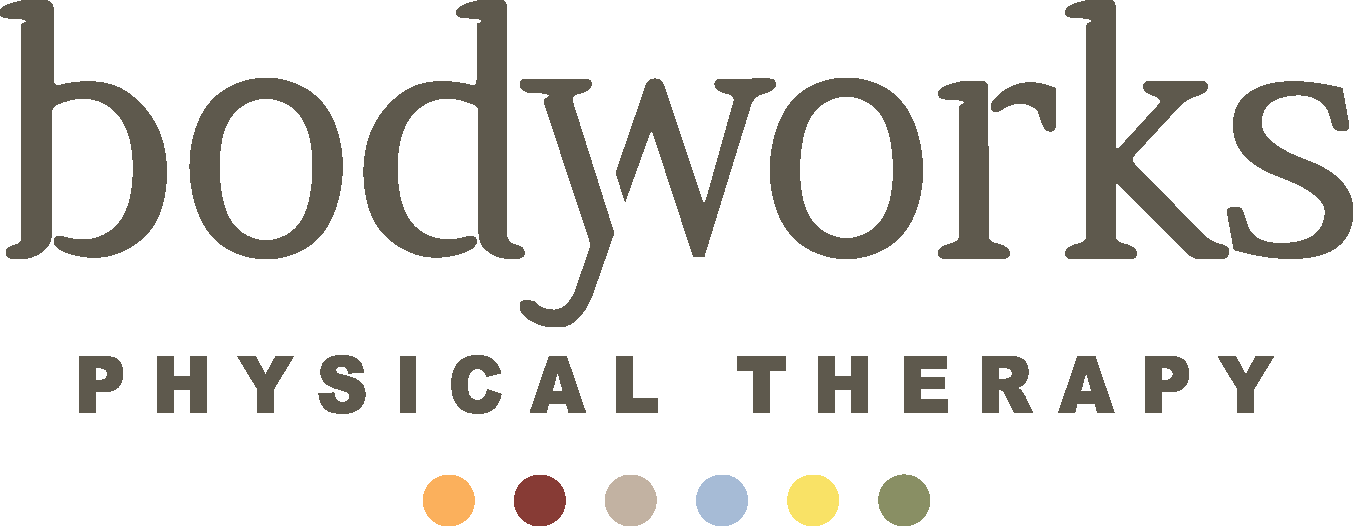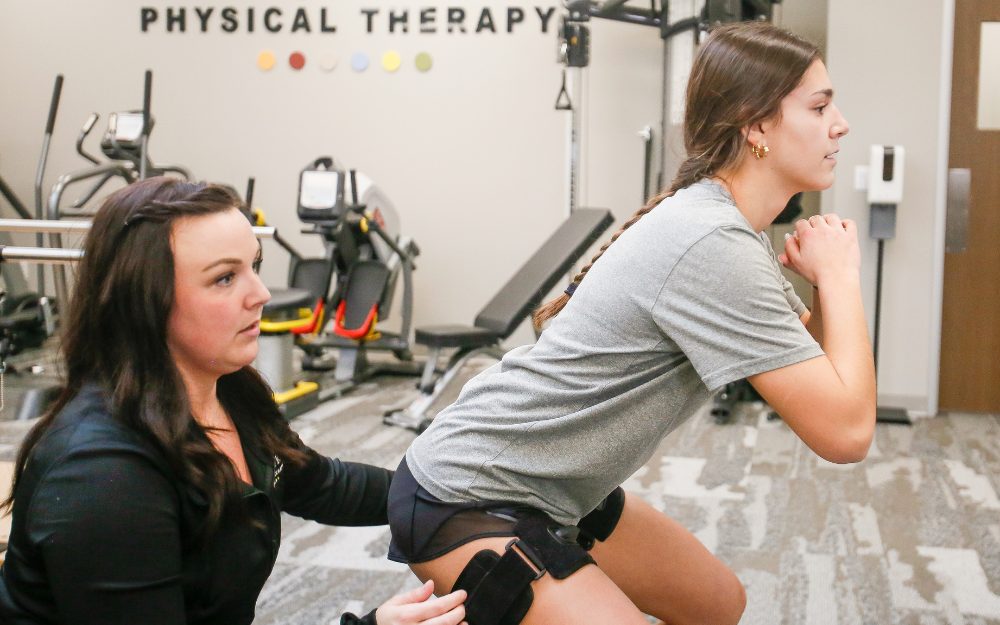As summer days rolled into the crisp breeze of autumn, kids across the nation are in the peak of fall sports. From football to soccer, cross country running to volleyball, these activities not only offer a chance to get active and make new friends but also come with the inherent risk of injuries. As parents, coaches, and young athletes prepare for the season, understanding these potential pitfalls and the role of physical therapy in preventing and managing injuries is crucial.
Common Injuries in Fall Sports
While the list of potential injuries is extensive, some common culprits that arise in fall sports include:
1. Sprains and Strains: Twisted ankles, pulled muscles, and stretched ligaments are all too common when athletes are pushing themselves to the limit.
2. Concussions: In contact sports like football and soccer, head injuries can occur from collisions or falls. These can have both immediate and long-term consequences.
3. Fractures: Broken bones are often the result of hard falls or heavy impacts and require immediate medical attention.
4. Overuse Injuries: Cross-country running and similar endurance sports can lead to overuse injuries like shin splints or stress fractures from repetitive motion.
5. Dislocations: Contact sports can sometimes lead to joint dislocations, which can be extremely painful and require proper treatment.
How Physical Therapy Can Help
Physical therapy is a valuable resource for both preventing and managing sports-related injuries in children and young adults. Here’s how PT plays a vital role:
1. Injury Prevention: Physical therapists can assess an athlete’s form and fitness to identify and correct weaknesses or imbalances that might lead to injury. They can also design personalized conditioning programs to build strength, flexibility, and agility, which are crucial for injury prevention.
2. Rehabilitation: When an injury occurs, physical therapists work with athletes to create a tailored rehabilitation plan. This plan helps to speed up the healing process and ensures the injured area regains its strength and function.
3. Pain Management: For conditions like overuse injuries, physical therapy provides strategies to manage pain and inflammation while promoting the body’s natural healing processes.
4. Concussion Management: Physical therapists play a role in concussion management by helping athletes safely return to sports after a concussion. They monitor progress and provide guidance on when it’s safe to resume play.
5. Functional Recovery: Even after an injury has healed, physical therapists focus on helping athletes regain their full range of motion, strength, and overall functionality to ensure they’re ready to return to their sport safely.
6. Education: Physical therapists educate athletes and their parents on proper warm-up routines, body mechanics, and injury prevention techniques. This knowledge empowers athletes to take an active role in their own well-being.
With fall sports, a proactive approach to injury prevention and management is key. Physical therapy is an invaluable ally in ensuring young athletes have a healthy and successful season. As your kids lace up their cleats and don their jerseys, remember that the expertise of a physical therapist can be the difference between a season spent on the sidelines and one filled with the joy of the game.

